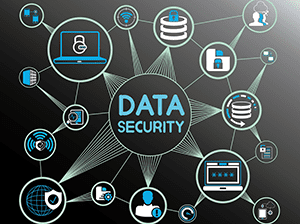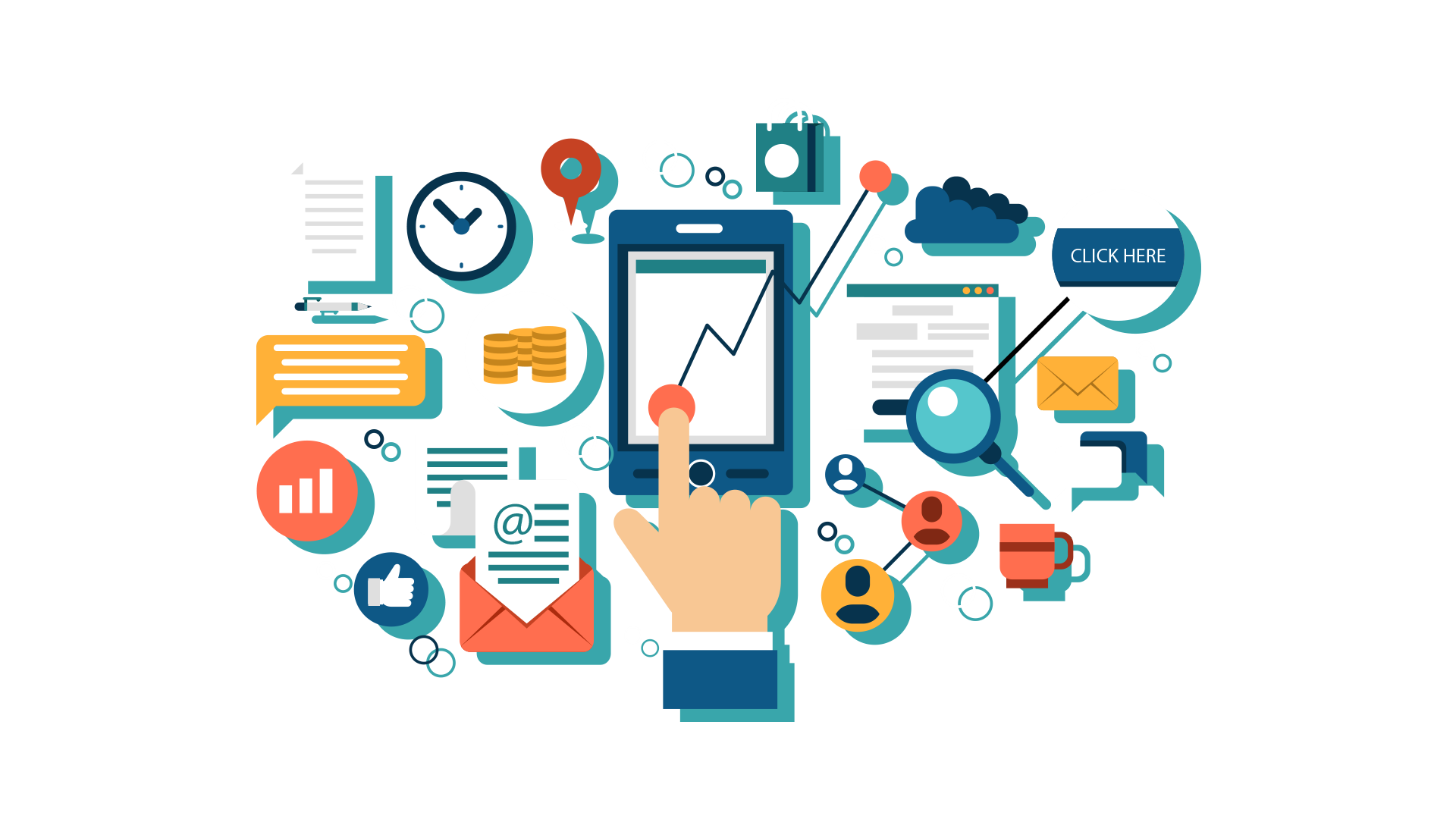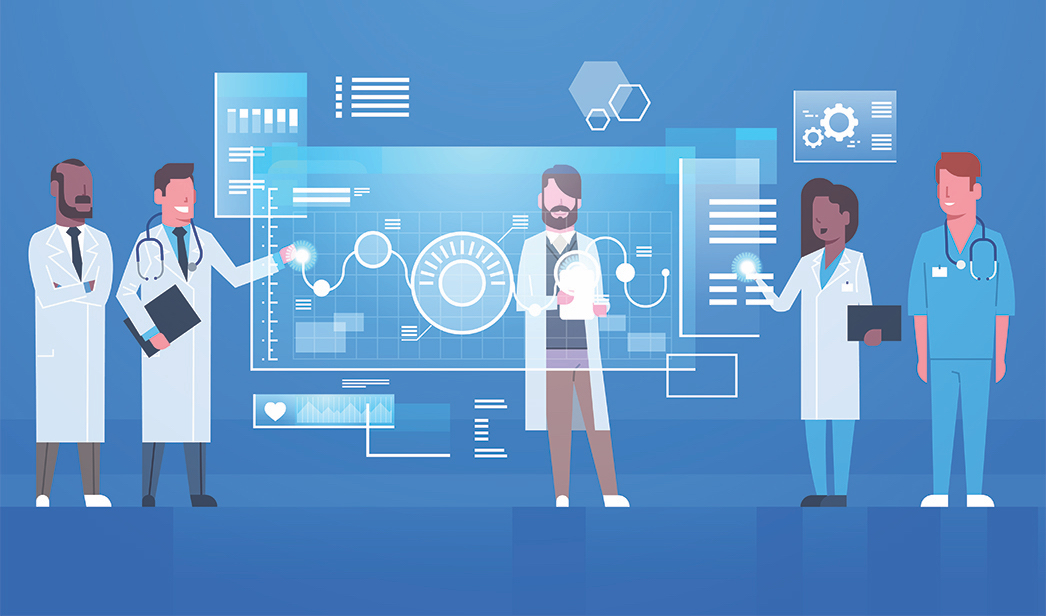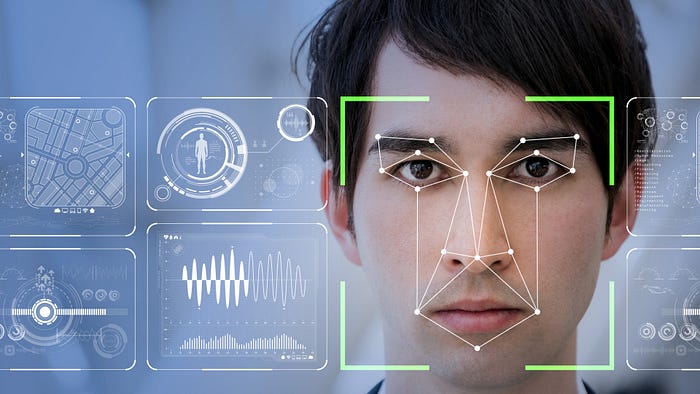From education to finance, most sectors are currently using machine learning applications to automate key processes, ground decision-making in real-time data, limit costs, and reduce the need for human intervention. The science behind machine learning may all sound a bit futuristic. It is indeed a deeply complex subject that is evolving all the time, but that doesn’t mean that it’s beyond our reach. Let’s take an in-depth look at some real-life machine learning applications and the technologies behind them.
What Are The Main Types Of Machine Learning?
Before we move on to machine learning applications, let’s look at what machine learning involves as well as some of its learning tools. To put it bluntly, machine learning more or less runs the world as we know it. Machine learning consists of algorithms that analyze, learn from, and interpret vast quantities of data (social media likes and comments, photos, text, etc) before using it to make informed decisions. Several things make our current machine learning applications possible today. They are the advent of the internet. They provided vast quantities of data, advances in computing power, and one very important realization, it was easier to program machines to “learn” than to teach them to carry out every task imaginable. The algorithms that enable Netflix to suggest which films you’d like to watch next, Facebook to suggest people you might know, and Google Maps to safely guide you home after a long day at work. Those are all examples of machine learning applications. Rather than going into detail about the various machine learning technologies (a very complex subject that is constantly evolving from one day to the next), let’s take a look at some of the general categories before moving on to machine learning applications. The most common type of machine learning is supervised learning, which is used when there is a specific outcome to predict. A type of machine learning that is frequently used is unsupervised machine learning, which analyses clusters of data points to detect patterns. We also have reinforced learning, the “final frontier” of machine learning, in which algorithms are “trained” to reach a certain objective by trial and error. But how do those methods translate into real life? Read on to discover some machine learning applications that you unknowingly encounter every day.
Real-Life Machine Learning Applications
1. Data Security
Cyber threats oblige companies and organizations to constantly monitor huge amounts of data across their entire infrastructure. However, this task is not feasible for a team of humans. Machine learning applications continually analyze data to detect patterns that could indicate a threat. These include potential security breaches, malware, and suspicious user behavior. Malware, for example, is a constantly evolving problem. Each new repetition tends to have a very similar code to the last. This makes it easy for data security algorithms to accurately detect which are suspicious files. Once algorithms have flagged up a potential threat, human data security specialists can then swoop in for deeper analysis.
2. Personal Security
If you’ve flown on a plane or attended a large-scale event, you’ll have undoubtedly stood in line for what seems like hours, waiting to be checked by security. Companies use machine learning applications to develop access control software. This can speed up lines and avoid bottlenecks by using facial recognition. Other potential applications of machine learning in this sector include the military. They have drones that assist human personnel in surveillance, reconnaissance and clearing operations. They preemptively explore buildings, tunnels, and other potentially high-threat environments. Home surveillance is another field in which machine learning comes into its own by using facial recognition. Some companies are now offering machine learning-powered security camera systems with object detection and recognition functions. They begin recording when they detect suspicious activity.
3. Finance
Machine learning in finance is big business. The financial sector is at the forefront when it comes to machine learning applications. Machine learning algorithms are getting closer and closer to being able to predict what the stock market will do on any given day. Many financial institutions are using this system to buy and sell at a faster speed and higher volume than humans would be able to. The banking and personal finance sectors are making use of ML in both back-office and client-facing operations. They are using it to automate routine grunt work and customer support (major institutions such as Wells Fargo and Bank of America are using chatbots and virtual assistants) and enable human agents to spend more time on high-value services such as consulting.
4. Marketing
Marketing and advertising are being progressively transformed by machine learning applications. Whether a huge part of the work of advertising agencies involve buying and selling ad space, that’s no longer the case. The advent of machine learning-powered programmatic advertising enables brands to aim specific messages at specific audiences. Much like in the banking sector, this is bringing about a big shift in how agencies do business, with the more time-consuming aspects of the job taken over by machines and humans free to spend their time developing services and client relationships.
5. Fraud Detection
In fraud detection, machine learning applications are useful across the board. In the financial sector, which lost $6 billion to fraud in 2016, with an obvious impact on customer trust and loyalty, many institutions use third party platforms (Citibank uses Feedzai, for example) to continually analyze large quantities of data and eliminate fraud before it happens. Major online players such as Paypal also use machine learning applications to detect and fight money laundering via their services. Machine learning is useful in detecting fraud. It also helps to improve the user experience. This is done by using behavior analytics to reduce the number of verification steps when accessing sensitive material.
6. Healthcare
Our doctors wished that we spent less time googling our symptoms and more time actually listening to them. This is because some go as far as putting up notices in their waiting rooms saying so. Machine learning applications aren’t going to replace your doctor any time soon. However, there are many ways in which it can help him or her find out what’s wrong with you and how to treat it. Machine learning applications can analyze vast quantities of medical data, draw conclusions, and make suggestions for treatment. Machine learning in healthcare is one of its most exciting applications, causing some of the hottest ML start-ups around (names include Nervanasys, Digital Reasoning Systems, Ayasdi, and Sentient.ai) to sit up and take notice.
7. Recommendations
The more you know about the consumers, the easier it is to point them towards products and services that will be of interest to them. You’ll also have come across this particular machine learning application when using platforms such as Spotify or Netflix. On these platforms, machine learning algorithms analyze your activity. They then compare it to millions of other users to suggest films or music you might be interested in watching next.
8. Search Engines
The capacity of Google and its competitors to find exactly what you’re looking for is getting so good. However, it is almost scary. Online search is probably one of the most well-known machine learning applications today. To determine if the typed query delivered the correct result or not, the search engine takes into account whether you look at the first result that comes up or click through to the second page. The program uses this information to constantly improve itself. It also makes its results more and more relevant to you in the future.
9. Natural Language Processing (NLP)
Natural Language Processing or NLP is one of the most exciting machine learning applications around. It is the technology behind chatbots, the little guys that greet you as soon as you alight on the homepage of any website nowadays. They offer to point you in the direction of the services you need.
10. Autonomous Vehicles and Smart Cars
Self-driving cars mostly belonged to the realm of science fiction so far. Breakthroughs in artificial intelligence are taking us closer and closer to regularly seeing them around our cities. Smart cars use data about their driver, other cars on the road, and the surrounding environment to carry out tasks such as seat adjustment, temperature control, audio volume, etc.. It’s estimated that 90% of road accidents are caused by human error. One of the expected benefits of autonomous cars is their potential to greatly improve road safety, a machine learning application that’s not only exciting but also deeply important.
11. Sentiment Analysis
Sentiment analysis, also known as opinion mining or emotion AI, is a field of NLP. It is used to analyze affective states and subjective information to create structured data about products, services, public initiatives, medical care, or just about anything people can have opinions about. Used in brand monitoring, it can provide valuable insight into what your business is doing right or wrong. Applied to customer service, it helps agents sort incoming emails into “urgent” and “non-urgent” categories. It makes them prioritize queries that need immediate attention. In business intelligence, it can help researchers gauge people’s reactions and evaluate the reasons behind the success (or not) of a given campaign.
12. Speech Recognition
Nowadays, speech recognition is everywhere. It’s used by our phones to power virtual assistants such as Siri, by our smartwatches. You can even use it to order a pizza via your smart speaker. Speech recognition has been around for decades but has only recently hit the mainstream. There’s a good reason for this: machine learning has finally made speech recognition accurate and sensitive enough to be used in everyday applications.
13. Customer Support
Customer support is an essential part of doing business in 2019. One of the trickiest things to manage: happy customers keep it to themselves, while unhappy ones tend to shout their frustration from the rooftops. Thankfully, it’s ML to the rescue yet again with customer support. Machine learning applications can be used to improve your knowledge. It also helps point irate customers towards the right agents. Machine learning-powered chatbots take some weight off the shoulders of human agents by fielding basic queries. One great thing about machine learning applications is they never lose their cool no matter how annoying the customer is.
14. Translation
We all know and love Google Translate (unless you’re a high school language teacher, in which case it’s the bane of your existence). But we seem to have forgotten that until quite recently, automatic translation was pretty laughable, with results varying from “basic gist” to “gibberish”. Thanks to machine learning, automatic translation is one of the machine learning applications that’s giving human professionals a run for their money.
15. Image Recognition
Let’s end our round-up by citing one of the most significant machine learning applications. Image recognition, used by Facebook and Google, enables us to identify and detect an object or feature in an image, playing a big role in pattern recognition, facial recognition, face detection, optical character recognition (OCR), and more. Image recognition is a subset of computer vision, the science of training computers to see just like humans do. And as for the future of machine learning applications, watch this space! One thing is for sure, there are exciting times ahead.








